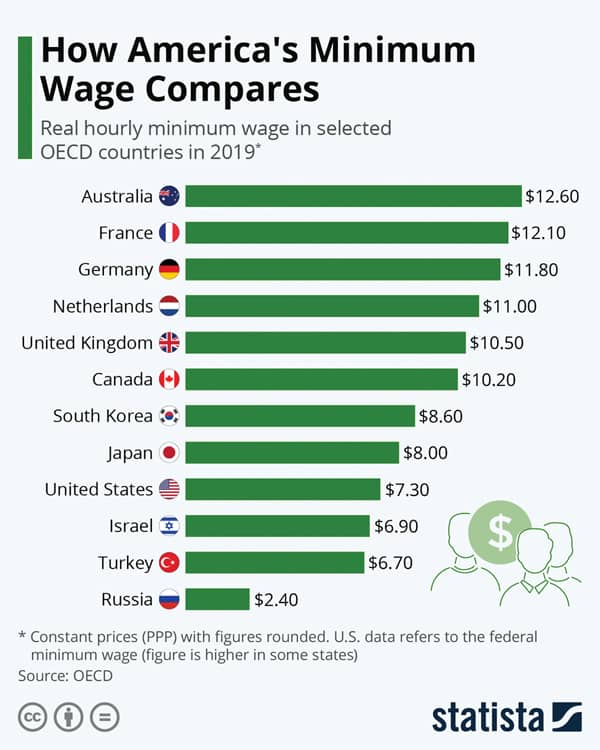
How did the pandemic affect America’s rush hour last year? The 2020 edition of TomTom’s Traffic Index reports that the global pandemic brought a halt to increasing levels of traffic congestion around the world as shutdowns led to a far lower volume of commuters. Out of 416 cities analyzed by TomTom in 57 countries, congestion decreased in 387.
In the U.S., Los Angeles and New York were named the most congested cities in 2020, though their traffic levels declined 15 percent and 11 percent, respectively, compared to 2019. The index reveals how the pandemic influenced America’s morning and evening rush hours last year with its key findings illustrated in the chart. In January 2020, morning rush-hour congestion grew 1 percent, compared to the same month in 2019 with the volume unchanged in the evening.
By April, however, the situation had changed drastically amid a tidal wave of COVID-19 cases and shutdowns. That month, U.S cities saw 74 percent lower congestion during the morning rush hour than in April 2019, while it was 75 percent lower during the evening.
Morning rush-hour congestion in the U.S. cities remained 57 percent lower in December 2020 than December 2019, while evening traffic snarls were also down 41 percent. TomTom states the pandemic could permanently change traffic patterns if society embraces a new shift in mobility and takes the path toward a safer, cleaner, congestion-free future. Increased remote working possibilities and more flexible working hours could drive the transition, while eco-friendly choices would cut emissions, slash reliance on fossil fuels and help protect the planet.
statista.com
Assessing Minimum Wage
Efforts by Democrats in Congress to more than double the $7.25 U.S. federal minimum wage have stalled. In an interview in early February, President Joe Biden said that he does not expect the Raise the Wage Act of 2021 to make it into COVID-19 relief legislation due to Senate rules. Moves to raise the federal minimum wage to $15 in phases up to 2025 have proven controversial, and an analysis released on Monday by the nonpartisan Congressional Budget Office found that it could have both positive and negative impacts.
While the increase could lift 900,000 Americans out of poverty and ensure pay increases for 27 million workers, it would lead to 1.4 million job losses over the next four years. It would also add $54 billion to the cumulative budget deficit leading up to 2031. Several experts greeted the analysis with skepticism, claiming job losses and the impact on the budget deficit are overstated because a higher minimum wage would increase consumer spending and tax intake for federal programs.

Bernie Sanders, chair of the Senate Budget Committee, was among those disagreeing with the report’s conclusions, and he said he believes its findings will boost the cause for using budget reconciliation rules to pass the increase as part of the $1.2 trillion aid package. Quoted by Reuters, Sanders said, “CBO has demonstrated that increasing the minimum wage would have a direct and substantial impact on the federal budget. What that means is that we can clearly raise the minimum wage to $15 an hour under the rules of reconciliation.”
The debate continues, but how does the current U.S. federal minimum wage compare to other developed countries? Some U.S. states have moved to introduce even higher minimum wage thresholds, with California and Washington as notable examples where minimum hourly pay is higher than $13. OECD data shows that the U.S. trails many developed countries such as Australia, where the rate of pay was $12.60 in 2019.



